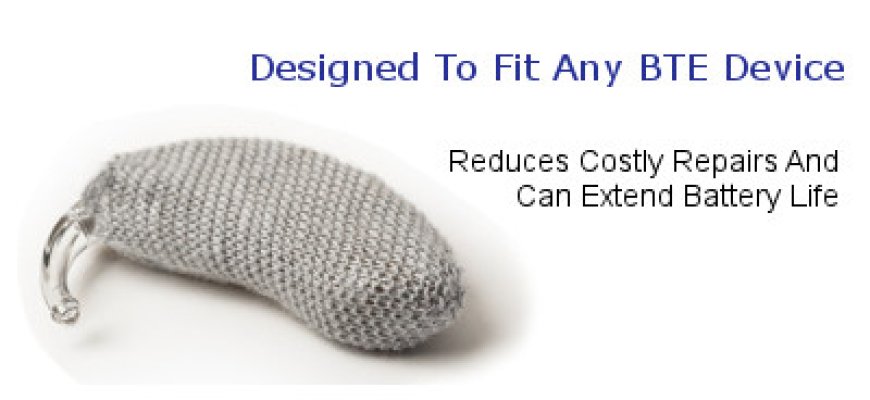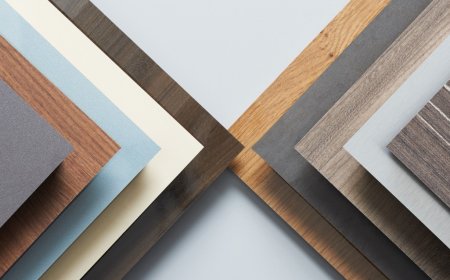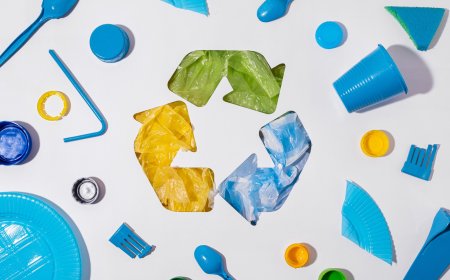Everyday Situations That Could Harm Your Hearing Aid (And How to Prevent It)
: Discover common situations that can harm your hearing aid and how to prevent them. Simple tips to avoid costly hearing aid repairs.

You rely on your hearing aid every single day. It's your gateway to conversations, laughter, musiclife itself. But did you know there are everyday situations that can quietly damage it over time? Don't worry, this isn't a list meant to scare you. Its about awareness and simple prevention so you can keep your device running smoothly and avoid unexpected hearing aid repairs.
Lets break down some of the most common culprits and show you how to stay a step ahead.
1. Moisture: The Silent Enemy
Whether its sweat from a jog, humidity in the air, or a quick splash from the sink, moisture is one of the biggest threats to your device. It can sneak into tiny openings, corrode circuits, and weaken battery contacts. Even a damp towel can spell trouble if your hearing aid sits on it too long.
How to Prevent It:
? Never wear your hearing aid in the shower, pool, or sauna.
? Use hearing aid sleeves such as Hearing Aid Sweat Band made from moisture-wicking fabric. They act like a raincoat for your device while allowing sound to pass through clearly.
? At night, store your device in a dry box or dehumidifier.
? After heavy sweating or exposure to moisture, give your device a quick wipe with a dry cloth.
2. Accidental Drops
Fumbling fingers happen to the best of us. A quick slip while changing the battery or taking it off can result in damage to the casing or internal parts. Even a short fall onto a hard floor can crack a component or knock something out of alignment.
How to Prevent It:
? Always handle your hearing aid over a soft surface, like a towel or bed.
? Try to create a routine spot for removing and inserting your deviceconsistency helps reduce fumbles.
? hearing aid sleeves such as Hearing Aid Sweat Band offer a bit of impact protection in case of a minor drop.
? Consider using a mirror while handling your device to avoid misplacement or slips.
3. Earwax Buildup
Yep, your own body can sabotage your hearing aid. Earwax can clog the microphone or receiver, muffling sounds and eventually leading to malfunction. Over time, it can harden and become difficult to clean without professional help.
How to Prevent It:
? Clean your hearing aid daily with a soft, dry cloth.
? Use a wax guard if your model supports it.
? Have your ears checked regularly for wax buildup, especially if you notice a sudden dip in performance.
? Dont try to dig out wax with sharp objects. Instead, ask your audiologist about safe removal methods.
4. Exposure to Hair and Skin Products
Hair spray, gel, lotion, sunscreenthese everyday items may seem harmless, but they can clog vents or leave behind sticky residues. Some of them also contain chemicals that can damage the plastic or rubber parts of your device.
How to Prevent It:
? Always apply products before putting your hearing aid on.
? If possible, wait a few minutes to let the product settle before inserting your device.
? Wipe down your hearing aid after exposure to product-heavy environments (like salons or beach trips).
? Use a microfiber cloth to gently remove any film or residue.
5. Pets and Children
You left it on the table for just a secondand now its a chew toy. Or a hidden treasure under the bed. Pets and small children are naturally curious and often see your hearing aid as something fun to play with.
How to Prevent It:
? Store your device in a secure, high place out of reach.
? Keep it in a hard case when not in use.
? Teach older kids about its importance and how fragile it is.
? Be cautious when visiting others who have petscurious noses love new smells.
6. Extreme Temperatures
Cold weather can make batteries drain faster. Heat can warp plastic components or cause internal condensation. Both extremes are hard on electronics and can shorten the lifespan of your device.
How to Prevent It:
? Avoid leaving your hearing aid in a parked car or near windows.
? During cold months, wear a hat or earmuffs that cover your ears and help regulate temperature.
? If you're moving between very cold and warm environments quickly, remove the device until temperatures stabilize.
? Keep a spare set of batteries, especially in winter, as cold conditions may cause them to lose charge quickly.
7. Poor Storage Habits
Tossing your hearing aid on the nightstand or leaving it loose in a bag might not seem like a big deal, but over time, dust and accidental pressure can lead to wear and tear.
How to Prevent It:
? Always use the designated case or dry box for storage.
? Avoid high-traffic areas where it can get knocked off.
? If you're traveling, pack your hearing aid in a cushioned case with accessories like extra batteries, wax guards, and hearing aid sleeves such as Hearing Aid Sweat Band.
Why Prevention is Better Than Repairs
Lets be realhearing aid repairs can be time-consuming and costly. You may be without your device for days or even weeks depending on the damage. Thats a lot of missed conversations and frustration.
Taking just a few minutes each day to clean, store, and protect your hearing aid goes a long way. And with something as simple as hearing aid sleeves such as Hearing Aid Sweat Band, you can reduce the impact of moisture, dust, and light bumps all at once.
Not only do you save time and money, but you also extend the lifespan of your hearing aid. Think of it like car maintenanceit may seem small, but it prevents bigger problems down the road.
Quick Checklist for Daily Hearing Aid Care
? Store in a dry, secure place
? Avoid using around hair or skincare products
? Clean gently after each use
? Protect with hearing aid sleeves such as Hearing Aid Sweat Band when active
? Schedule checkups to avoid buildup or unnoticed damage
? Avoid temperature extremes when possible
? Keep away from pets and toddlers
Conclusion
Your hearing aid is a tiny tech marvel, but its also delicate. Everyday life is full of surprises, some messy, some damp, some just chaotic. But with a little foresight and a few helpful tools, you can avoid most common damage scenarios and reduce the need for hearing aid repairs.
So, if you're investing in your hearing, take the extra step to protect that investment. Whether it's through consistent care or by using hearing aid sleeves such as Hearing Aid Sweat Band, you're not just preventing problems, you're preserving your freedom to fully participate in every moment.
Even small changes in your routine can make a massive difference in the long run. With the right approach, your hearing aid wont just survive everyday hazardsitll thrive in them.

































